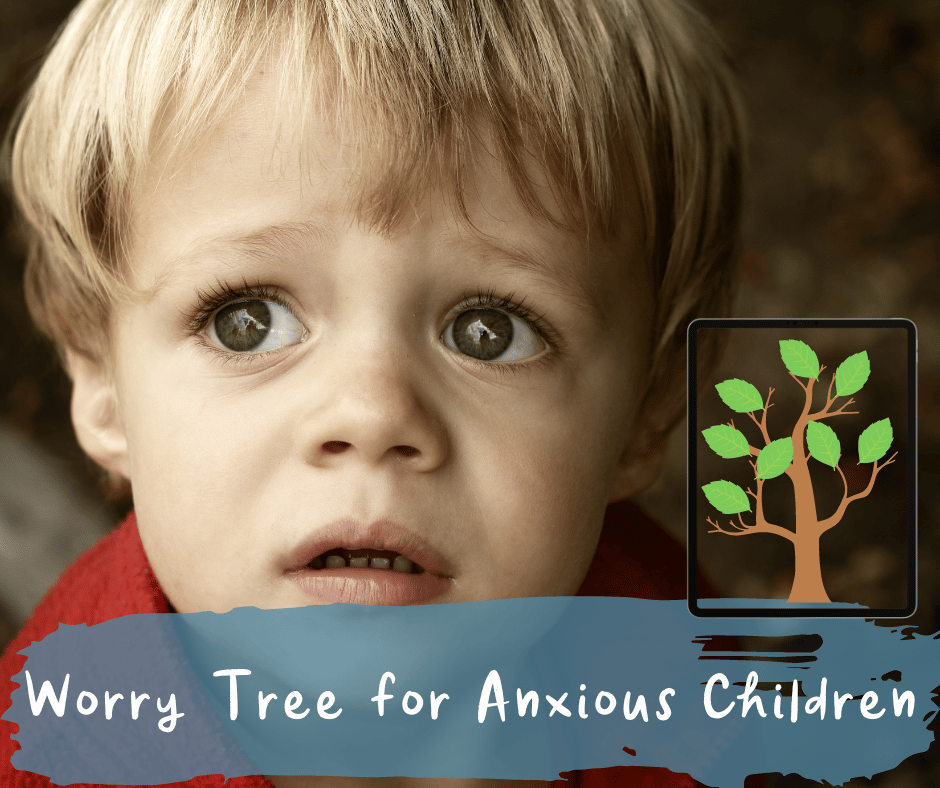Ready to sleep better tonight? Here are my Top 5 Tips for helping your little one sleep better!
Creating a Night Routine for Anxious Children

Creating a calming night routine for anxious children is crucial, setting the stage for a good night’s sleep and overall well-being. Understanding the specific fears that trouble them at night, whether it’s the dark, imagined monsters, or any other worries, is the first step toward developing effective strategies to counter these fears. Additionally, incorporating calming activities like reading a book that tackles night-time fears or engaging in gentle yoga can significantly ease their anxiety and prepare them for rest. This approach not only comforts the child but also fosters an environment conducive to relaxation and security.
From my perspective as a sleep consultant, fine-tuning a bedtime routine to include practices such as meditation, the use of essential oils, and establishing a consistent sleep schedule are key elements in reinforcing better sleep habits. Employing relaxation techniques like Progressive Muscle Relaxation (PMR) and guided breathing exercises can help children unwind and fall asleep faster, addressing the underlying circadian rhythm disruptions that often accompany anxiety. This pre-sleep routine aims not just at improving sleep quality but also at empowering parents with strategies to support their child’s journey to overcoming bedtime anxieties and achieving a peaceful night’s sleep.
Understanding Childhood Anxiety
Understanding childhood anxiety, especially at night, is pivotal for parents aiming to support their anxious children effectively. Symptoms of nighttime anxiety can manifest diversely, including:
Emotional Signs: Crying, expressing worries or fears, and angry outbursts.
Behavioral Signs: Arguing, defiance, withdrawal, procrastination, and ignoring instructions.
Physical Signs: Gripping onto parents and not letting go, indicating a fear of separation or the dark.
The roots of these anxieties can range from real fears to irrational ones, with common specific fears including separation anxiety, fear of the dark, Teraphobia (fear of monsters) https://psychcrumbs.com/teraphobia-or-the-fear-of-monsters/, night terrors, and general nighttime worries. Recognizing these signs and understanding their causes is the first step toward addressing them.
Incorporating relaxation techniques into the bedtime routine can significantly alleviate these anxieties. Strategies such as stretching, touch, breath work, affirmations, and visualizations not only help in managing bedtime anxiety but also promote proper sleep hygiene and independence in sleep. Consistency in these routines is key, as it helps children feel secure and understand that bedtime is a safe and calm time, not a period of separation or fear. Engaging in open conversations about their fears, validating their feelings, and employing creative tools like a Worry Tree can further empower children to face and overcome their anxieties, paving the way for a tranquil night’s sleep.
Elements of a Soothing Bedtime Routine
An effective night routine for anxious children involves a combination of consistent activities and relaxation techniques. Here’s how to build a soothing bedtime routine:
Consistent Bedtime Routine Activities
Nutritious snack or breastfeeding: Helps in settling the stomach for a good night’s sleep.
Warm relaxing bath: Aids in physically relaxing the body.
Brushing teeth and going to the bathroom: Ensures physical comfort, preventing mid-sleep disturbances.
Reading a book, lullaby, or singing a song together: Engages the child in a calming, bonding activity.
Massage or cuddling: Offers physical reassurance and comfort.
Talking about their day: Allows emotional unwinding and reassurance.
Creating a Safe and Calm Environment for Anxious Children.
Rearrange the room: Make sure the bedroom feels like a safe space, possibly including a night light if darkness is a fear.
Reduce screen time before bed: Limit exposure to stimulating activities that can delay sleep onset.
Give your child a transitional object: A teddy bear or a blanket can provide comfort and security throughout the night.
By integrating these elements into your child’s bedtime routine, you create a nurturing environment that promotes relaxation and security, making bedtime a peaceful end to the day.
Incorporate Relaxation Techniques
Practice yoga poses, like legs up the wall, to physically calm the body.
Guide them through tensing and relaxing different muscle groups, a method known as Progressive Muscle Relaxation (PMR).
Play soothing sounds or sleep scripts and explore bedtime stories podcasts with calming narratives.

Introduce a ‘calm jar’ filled with glitter; watching the glitter settle can mirror the process of settling down to sleep.
Setting the Environment for Relaxation
Creating a serene and supportive environment for relaxation in a child’s bedroom involves a thoughtful blend of physical comfort, emotional security, and sensory calm. As a sleep consultant, it’s essential to guide parents through optimizing their child’s bedroom to ensure it promotes relaxation and eases the transition into sleep. Here are some strategies to consider:
Sensory Calmness
Lighting: Use blackout curtains to block external lights and a dim night light to alleviate fear of the dark. Adjustable lighting can help mimic sunset, signaling the body it’s time to sleep.
Sound: Introduce white noise or soft music to drown out disruptive sounds. Soft furnishings can act as sound absorbers, reducing echoes.
Scent: Employ aromatherapy with essential oils like lavender or chamomile to create a calming atmosphere.
Common Challenges and How to Overcome Them
Addressing common bedtime struggles requires a multifaceted approach, focusing on emotional safety, consistency, and understanding the unique challenges each child may face. Here are strategies to navigate these challenges effectively:
Emotional Safety and Security

Worry Tree/Journal: Encourage children to express their fears and anxieties by writing them down or drawing. This can help externalize their worries, making them easier to manage. Download a printable Worry Tree here. https://unplugsleepsolutions.com/sleep-coaching-freebies/
Gradual Withdrawal: Slowly decrease your presence in the child’s room each night to foster independence while ensuring they feel secure.
Consistency is Key
Establish Clear Bedtime Boundaries: Consistent routines and boundaries provide a sense of security. Be firm yet gentle in enforcing these.
Bedtime Routine: A predictable series of steps leading to bedtime can significantly reduce resistance and anxiety.
Overcoming Specific Challenges
Resistance to Bedtime/Fear of the Dark: Use night lights or leave the door slightly open. Gradually reduce these aids as the child becomes more comfortable.
Difficulty Falling Asleep: Ensure the bedroom environment supports sleep—cool, dark, and quiet. Avoid stimulating activities before bed and maintain a regular sleep schedule.
Implementing these strategies, while maintaining patience and understanding, can significantly improve the bedtime experience for both children and parents, leading to a more restful and anxiety-free night.
Conclusion
By recognizing the signs of nighttime anxiety and addressing them with a personalized bedtime routine, parents can significantly improve their child’s sleep quality and overall well-being. From rearranging the bedroom to minimize dark spots to incorporating calming scripts and affirmations, the strategies discussed emphasize the crucial role of a nurturing environment in fostering relaxation and security for a peaceful end to the day.
As a sleep consultant, my objective is to empower parents with the knowledge and tools necessary to support their anxious children. This includes establishing a consistent sleep schedule, integrating practices such as meditation and the use of essential oils, and applying relaxation techniques to ease children into a restful state. These elements, when combined, do not just improve sleep quality but also bolster the child’s capacity to overcome bedtime anxieties.

If you need assistance or additional information on reducing bedtime anxiety in children, please don’t hesitate to reach out. You can schedule a call with me here, and together we can work towards reducing the stress associated with bedtime. https://calendly.com/unplugsleepsolutions/15min


